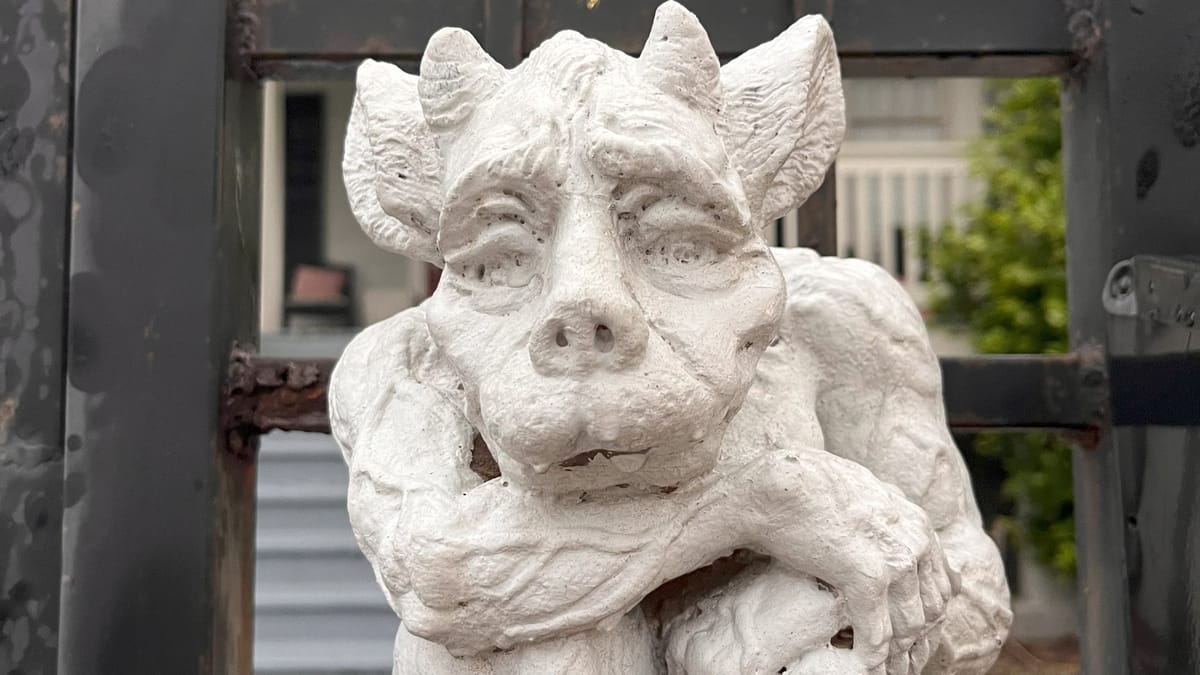Off the Beaten Beach: Galveston's East End Historic Charm

Toward the end of my vagabond days, I decided to spend some time on Texas’ gulf coast getting to know Galveston.
I’d been to the island before for family beach getaways, but rather than the usual coastal condo or hotel, this time I set up my home base for three weeks in the East End Historical Area – the island's first residential neighborhood. It covers over 50 city blocks, is on the National Register of Historic Places, and has been designated a National Historic Landmark. My little 2nd-floor apartment carved out of a large Victorian house was still just a half mile from the beach and seawall and only one mile from the Strand District.
One of the first things I decided was that I wanted to rent a bicycle to explore both directions, and my first morning in town my feet landed on the doorstep of Island Bicycle Company as they were opening up. There, I found the perfect used pink cruiser that I could buy for less than it would cost me to rent something newer. It was just my size, which would help me avoid collisions with small children like I had in France.
The friendly guy who was still setting up business for the day said they would probably buy it back from me at the end of my time on the island, so it was a great deal even with my purchase of a lock and a matching pink phone holder that velcroed on the handlebars. It was obviously meant to be, and I highly recommend getting a bicycle if you go.
Evenings after work were my favorite time to pedal. I could roll down the seawall at sunset – an engineering feat built to protect the island from hurricanes in the early 1900s that today the local tourism board says has grown to be “the longest continuous sidewalk in the U.S.”
Or, I could head downtown for dinner at one of the many restaurants in the Strand District. Mama Teresa's Flying Pizza became a quick favorite of mine not only for their pizza and delicious baked ziti but also because they offered $3 glasses of wine on Wednesdays. If you’re lucky, you’ll also get to hear an amazing operatic waiter sing to patrons.
If you want something a little fancier to drink, hidden in the District behind Daiquiris To Go is a cute tiki-themed speakeasy called Pineapple Parlor. Each cocktail comes with small bites and an impressive show from your mixologist. Sign up for their emails to get the door code.
Pedaling back from one of those evening excursions, I met one of the horse-drawn carriages that take visitors for tours of the historical neighborhoods that remind me of the Garden District I love so much in New Orleans. I’d often hear their clip-clop going by the house I was staying in that, unfortunately, I couldn’t find much history about.
Many of the other old, beautiful homes near it proudly display plaques noting they survived the (nameless because they didn’t name them back then) hurricane of 1900. That one still holds the infamous title of the deadliest natural disaster in the U.S. Between 6,000 and 8,000 people in the city died as a result of the storm. Before that, Galveston was the fourth largest city in Texas.
More recent hurricane impact can be seen around local restaurants that have marks several feet above my head on their walls noting how high the water was when Hurricane Ike’s 15-foot surge hit in 2008. In the East End, many creative and resilient residents turned the resulting dead trees in their yards into wood sculptures that can make for a fun scavenger hunt.
Before I left town, I did spend one traditional day at the beach, renting an umbrella and chair and reading a book while nearby a beach volleyball tournament played out and a local artist taught sun lovers the secrets of sandcastle building.
But I’m especially grateful I had the time to wander the island on two wheels, enjoying things like the Sunday morning farmer’s market and the Galveston Historical Foundation’s Revue Weekend.